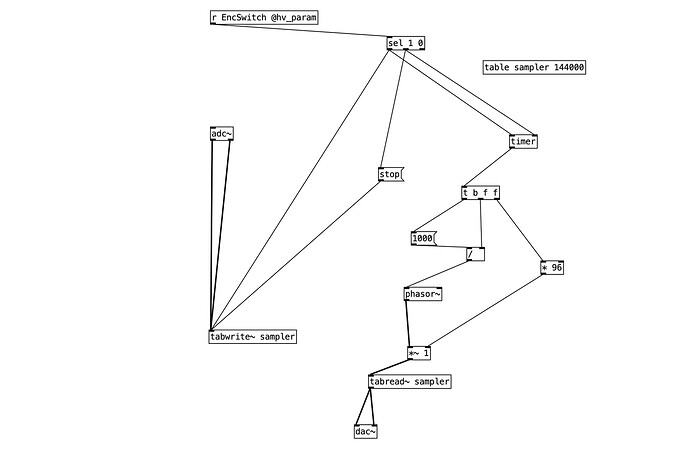[UPDATE: I reinstalled the X-Code command line tools even though I wasn’t getting error messages. It install.command now seems to be running normally. Looks like that update is non-optional.
install.command ran for a while. The install.sh script now gives me the set of errors listed below. ]
OK, I’m getting pretty frustrated. This installation process is quite opaque and there seem to be several different installation processes, each with their own errors in the instructions and piles of resulting error codes. I’m not sure if I’m supposed to do all of the installations, or pick one based on gut instinct, or what.
I’ve been periodically returning to Pd/Daisy since I got my Seed through the Kickstarter to see if it’s in a usable form, but all I’m getting is a review of error messages, file names that don’t seem to match those in the download, and an even wider variety of error messages. I’m obviously not the only backer who was excited about Pd integration, and I’m assured by others that that it does, in fact, work when it works, but for me, the reasons for failure are uncommonly opaque.
Currently, running some part of the installer somehow repeatedly crashes Python and fails to find files (error below). The former is obviously a problem but I’m sure there’s a fix. I reinstalled Python already, but it keeps happening. I of course don’t have a favorite command line installer, nor will most Pd users, so I’m probably installing something wrong.
Failing to find files makes some sense to me because the path in the instructions starts with “./”, but doesn’t say what your pwd is, so I have no idea where those files are supposed to be.
In the instructions, for some reason I’m in Visual Basic now (I really don’t understand why) and it’s telling me to hit Cmd-P, but that’s a file search. I’ve figured out that Cmd-Shift-P brings up the commands. I pasted in task build_and_program_dfu but nothing seems to be happening. The feedback is:
make: dfu-util: No such file or directory make: *** [program-dfu] Error 1 The terminal process "/bin/bash '-c', 'make clean; make; make program-dfu'" terminated with exit code: 2.
I’d really love to be able to use this, but this tool is supposed to be the very opposite of having an artist download and configure an entire house of cards of development tools based on existing knowledge.
Can someone point me to a definitive page that correctly shows me how to make Pd2dsy work?
[Updated error messages, because it looks like perhaps I did something out of order before. This is from install.sh in the pd2dsy directory.]
Installing python packages...
Collecting wheel
Using cached wheel-0.37.1-py2.py3-none-any.whl (35 kB)
Installing collected packages: wheel
Successfully installed wheel-0.37.1
WARNING: You are using pip version 22.0.4; however, version 22.1.2 is available.
You should consider upgrading via the '/Users/joshua/pd_env/bin/python3 -m pip install --upgrade pip' command.
ERROR: Could not open requirements file: [Errno 2] No such file or directory: 'requirements.txt'
WARNING: You are using pip version 22.0.4; however, version 22.1.2 is available.
You should consider upgrading via the '/Users/joshua/pd_env/bin/python3 -m pip install --upgrade pip' command.
Building libDaisy...
fatal: not a git repository (or any of the parent directories): .git
/Users/joshua/pd2dsy/install.sh: line 23: cd: libdaisy: No such file or directory
make: *** No rule to make target `clean'. Stop.
make: *** No targets specified and no makefile found. Stop.
Setup complete!
![]()

